
What are the 4 overseas RAF stations?
How many RAF bases are there in the world? There are 63 bases, most in the UK. There are only 4 overseas bases left. Some here mentioned are not solely RAF manned and owned, RAF
Get Price
Minimizing base stations carbon footprint
In addition, when mobile traffic is low, some frequency bands of base stations can be temporarily disabled. This conserves energy without compromising network performance or user experience.
Get Price
ULAK Communications Aims to Expand Its Base Station Network
Ruşen Kömürcü, General Manager of the domestic base station manufacturer ULAK Communications Inc., stated that ULAK base stations are currently being used in
Get Price
RAF Stations
Profiles for RAF stations (bases) around the UK and overseas, including their role, squadrons and lodger units, facilities, flying info, contact and travel
Get Price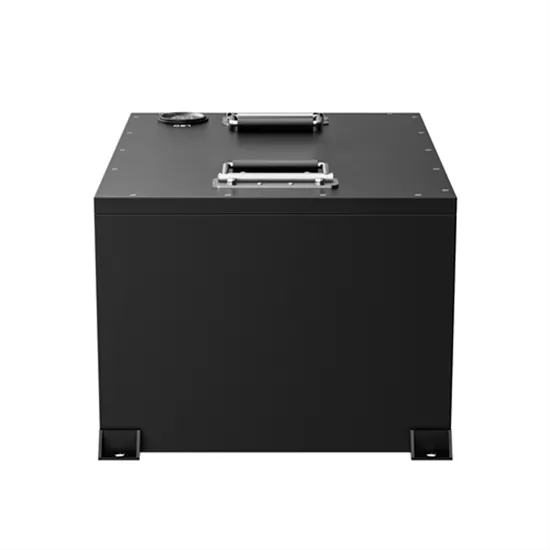
ULAK Communications Aims to Expand Its Base Station Network Abroad
Ruşen Kömürcü, General Manager of the domestic base station manufacturer ULAK Communications Inc., stated that ULAK base stations are currently being used in
Get Price
The Green Base Station | VDE Conference Publication | IEEE
In times of steadily increasing energy costs and with the vanishing resources of the classic, non-regenerative energy sources, we see the challenge of finding new solutions
Get Price
#5GCheckTheFacts > 5G masts and base stations
All mobile operators ensure that their radio base stations, and masts are designed and built so that the public are not exposed to radiofrequency fields above the strict safety guidelines which
Get Price
Cradle to the Grave: Sustainability and the Life of a Base Station
The Nokia Siemens Networks Flexi Base station, for example, makes it possible for operators to locate complete base stations in places and positions where conventional base
Get Price
Green and Sustainable Cellular Base Stations: An
This study presents an overview of sustainable and green cellular base stations (BSs), which account for most of the energy consumed in
Get Price
Energy‐Efficient Base Stations | part of Green Communications
With the explosion of mobile Internet applications and the subsequent exponential increase of wireless data traffic, the energy consumption of cellular networks has rapidly caught the
Get Price
Base stations and networks
The intensity of the radio waves is drastically reduced as the distance increases from the base station antenna. On the ground, in houses, and other places where people reside, the
Get Price
Teltronic Introduces New Green Communications Base Station
Spain''s Teltronic has introduced its new GBS (Green Base Station) during the Critical Communications World event. This next-generation TETRA base station integrates
Get Price
9
Green Radio Communication Networks - July 2012Introduction The rapid growth of mobile communications comes with the prominent energyconsumption challenge. It has become so
Get Price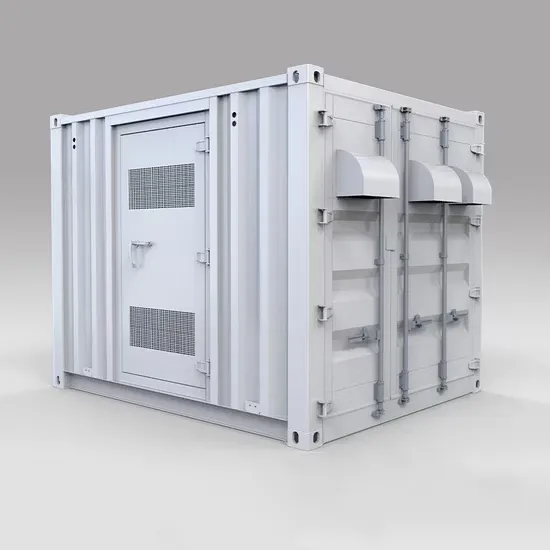
10 Best Ham Radio Base Station For Long Range Communication
In this article, we have described details of different Ham radio base station that will help you to select the best one based on your needs.
Get Price
U.S. MILITARY BASES OVERSEAS THE FACTS
COSTS $10,000-$40,000 avg. additional costs per person per year to station military overseas vs. domestic. $51.5 billion/year (est.) to build and maintain overseas bases. $150 billion/year (est.)
Get Price
Huawei Green Antennas Build New Ways
5G mobile networks are rapidly growing in the Middle East, driving higher multi-band and multi-port requirements, which leads to increasing base
Get Price
United States military deployments
Unspecified See also List of notable deployments of U.S. military forces overseas since 1798 List of United States overseas military bases List of United States military bases Marine
Get Price
Ambitious 5G base station plan for 2025
China aims to build over 4.5 million 5G base stations next year and give more policy as well as financial support to foster industries that can
Get Price
Cradle to the Grave: Sustainability and the Life of a Base Station
A base station spends its working life providing broadband connectivity to consumers and businesses, and unsurprisingly this accounts for the vast majority (93%) of
Get Price
Top 5 Overseas Air Force Bases
In this article, I''m going to be talking about the top five overseas bases to be stationed at in the Air Force. So if you''re interested, be sure to read the whole article Also, if
Get Price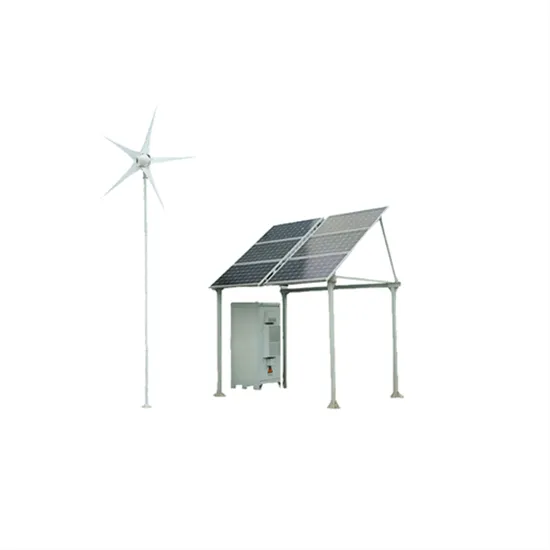
Green base station
The Nokia Siemens Networks Flexi Base station, for example, makes it possible for operators to locate complete base stations in places and positions where conventional base
Get Price
Huawei Green Antennas Build New Ways
5G mobile networks are rapidly growing in the Middle East, driving higher multi-band and multi-port requirements, which leads to increasing base station energy consumption.
Get Price
Teltronic Introduces New Green Communications
Spain''s Teltronic has introduced its new GBS (Green Base Station) during the Critical Communications World event. This next-generation TETRA
Get Price
Green and Sustainable Cellular Base Stations: An Overview and
Energy efficiency and renewable energy are the main pillars of sustainability and environmental compatibility. This study presents an overview of sustainable and green cellular
Get Price
Green base stations delight operators in so many way
Global telecom equipment suppliers are rolling out their own green base stations. However, each might have a totally different understanding on what the definition of a green
Get Price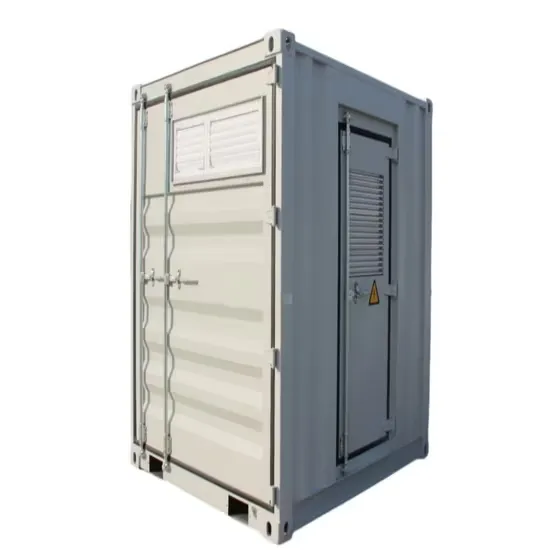
Solar Powered Cellular Base Stations: Current Scenario,
Cellular base stations powered by renewable energy sources such as solar power have emerged as one of the promising solutions to these issues. This article presents an overview of the
Get Price
Russian telcos test domestic 4G base stations
Russian mobile operators have started using domestic-manufactured 4G base stations in the country. As reported by the Russian publication CNews, telecom operators
Get Price
6 FAQs about [Are there green base stations for domestic communications abroad ]
Are cellular base stations sustainable?
Multiple requests from the same IP address are counted as one view. Energy efficiency and renewable energy are the main pillars of sustainability and environmental compatibility. This study presents an overview of sustainable and green cellular base stations (BSs), which account for most of the energy consumed in cellular networks.
How many base stations are there in the world?
Over seven million base stations are deployed around the world, and this number will increase exponentially with the deployment of 5G networks. Base stations today consume more than 70% of the total energy used in mobile networks.
Do mobile phones need a base station?
Mobile phones and other mobile devices require a network of base stations in order to function. The base station antennas transmit and receive RF (radio frequency) signals, or radio waves, to and from mobile phones near the base station. Without these radio waves, mobile communications would not be possible.
How long does a base station last?
A base station might typically be part of a mobile network for 5-10 years, and during that time, a busy site could handle a Petabyte of data. A base station spends its working life providing broadband connectivity to consumers and businesses, and unsurprisingly this accounts for the vast majority (93%) of greenhouse gas emissions.
How does a base station affect the environment?
A base station spends its working life providing broadband connectivity to consumers and businesses, and unsurprisingly this accounts for the vast majority (93%) of greenhouse gas emissions. Luckily, there is plenty that we can do to minimize the environmental impact.
Are solar powered base stations a good idea?
Base stations that are powered by energy harvested from solar radiation not only reduce the carbon footprint of cellular networks, they can also be implemented with lower capital cost as compared to those using grid or conventional sources of energy . There is a second factor driving the interest in solar powered base stations.
More related information
-
 Timor-Leste supports green base stations for communications
Timor-Leste supports green base stations for communications
-
 Feasibility of Green Base Stations for Communications
Feasibility of Green Base Stations for Communications
-
 Ethiopia Communications Green Base Station Installer
Ethiopia Communications Green Base Station Installer
-
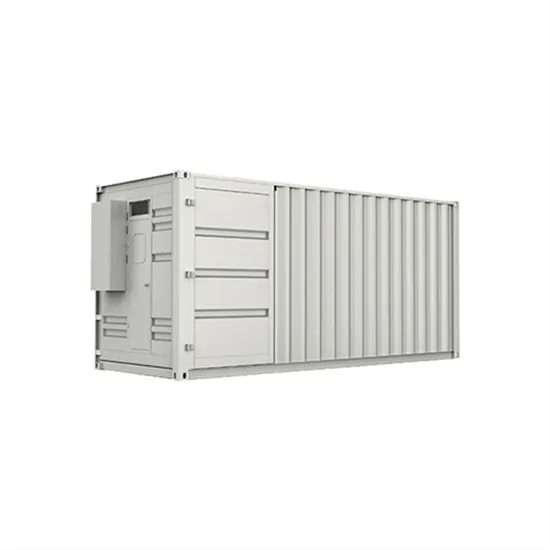 Domestic communication base stations hybrid energy foreign equipment
Domestic communication base stations hybrid energy foreign equipment
-
 Norway Communications Green Base Station Tower
Norway Communications Green Base Station Tower
-
 What are the 5G base stations of Lesotho Communications Company
What are the 5G base stations of Lesotho Communications Company
-
 Cape Verde Communications Green Base Station Contracting
Cape Verde Communications Green Base Station Contracting
-
 Belize Communications Green Base Station
Belize Communications Green Base Station
Commercial & Industrial Solar Storage Market Growth
The global commercial and industrial solar energy storage battery market is experiencing unprecedented growth, with demand increasing by over 400% in the past three years. Large-scale battery storage solutions now account for approximately 45% of all new commercial solar installations worldwide. North America leads with a 42% market share, driven by corporate sustainability goals and federal investment tax credits that reduce total system costs by 30-35%. Europe follows with a 35% market share, where standardized industrial storage designs have cut installation timelines by 60% compared to custom solutions. Asia-Pacific represents the fastest-growing region at a 50% CAGR, with manufacturing innovations reducing system prices by 20% annually. Emerging markets are adopting commercial storage for peak shaving and energy cost reduction, with typical payback periods of 3-6 years. Modern industrial installations now feature integrated systems with 50kWh to multi-megawatt capacity at costs below $500/kWh for complete energy solutions.
Solar Battery Innovations & Industrial Cost Benefits
Technological advancements are dramatically improving solar energy storage battery performance while reducing costs for commercial applications. Next-generation battery management systems maintain optimal performance with 50% less energy loss, extending battery lifespan to 20+ years. Standardized plug-and-play designs have reduced installation costs from $1,000/kW to $550/kW since 2022. Smart integration features now allow industrial systems to operate as virtual power plants, increasing business savings by 40% through time-of-use optimization and grid services. Safety innovations including multi-stage protection and thermal management systems have reduced insurance premiums by 30% for commercial storage installations. New modular designs enable capacity expansion through simple battery additions at just $450/kWh for incremental storage. These innovations have significantly improved ROI, with commercial projects typically achieving payback in 4-7 years depending on local electricity rates and incentive programs. Recent pricing trends show standard industrial systems (50-100kWh) starting at $25,000 and premium systems (200-500kWh) from $100,000, with flexible financing options available for businesses.


